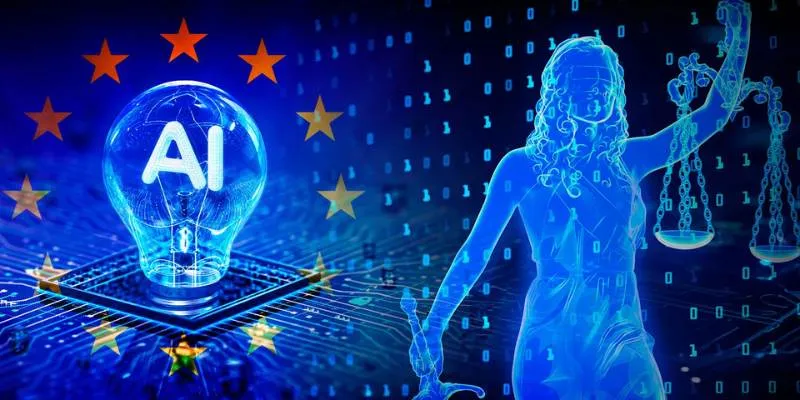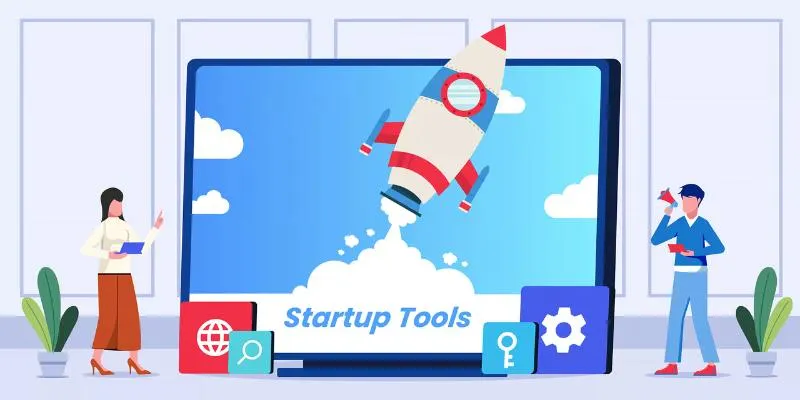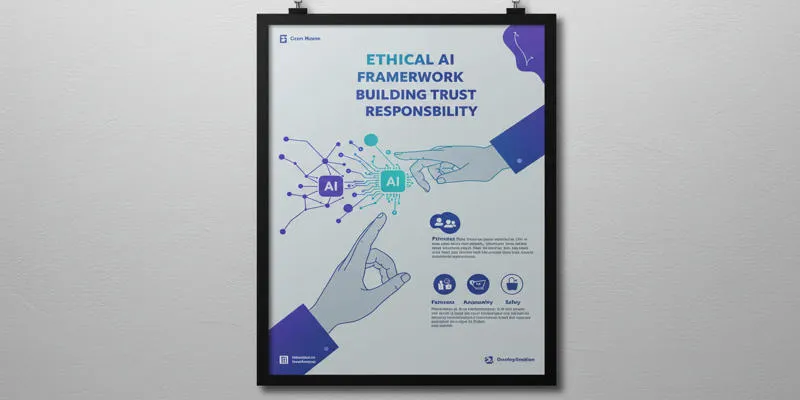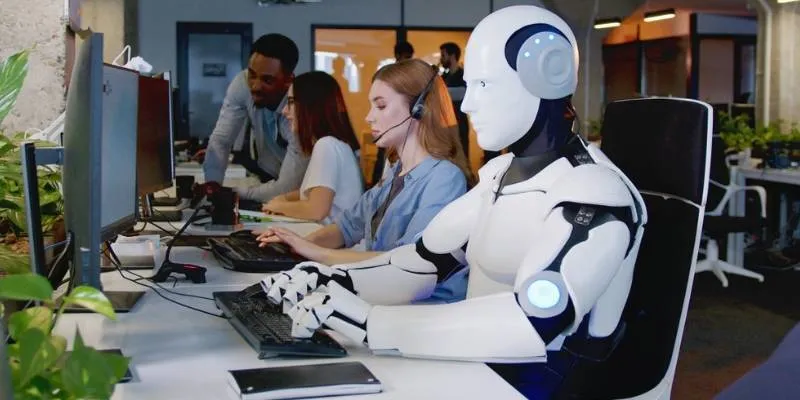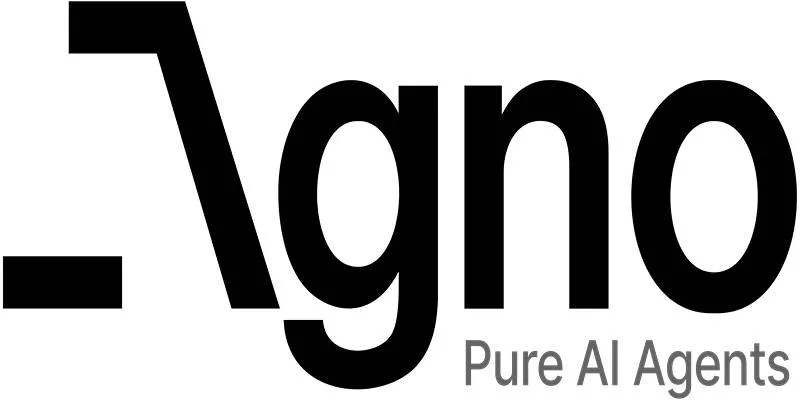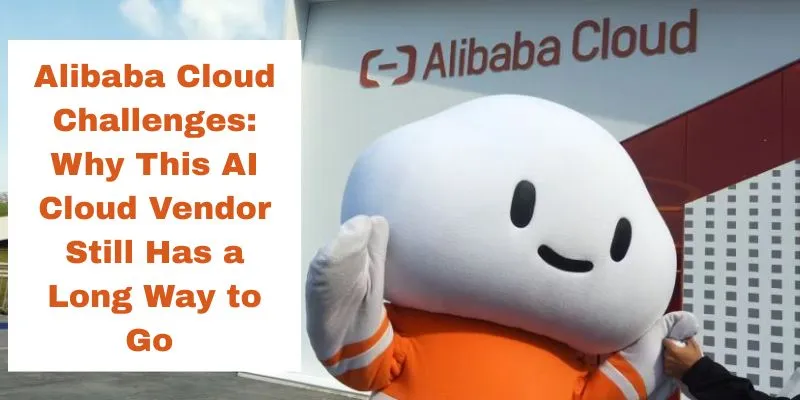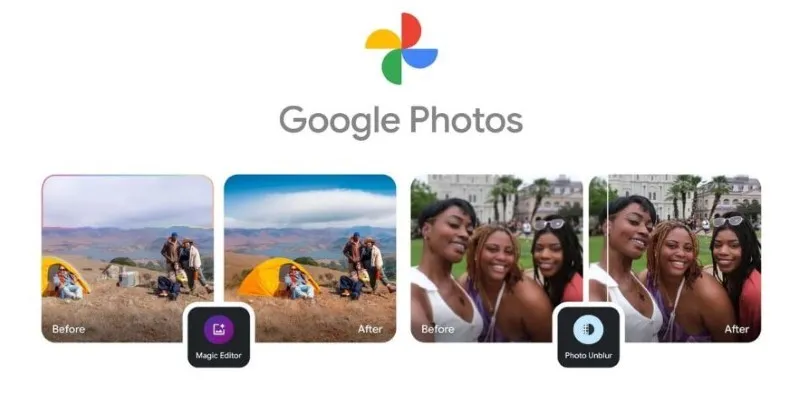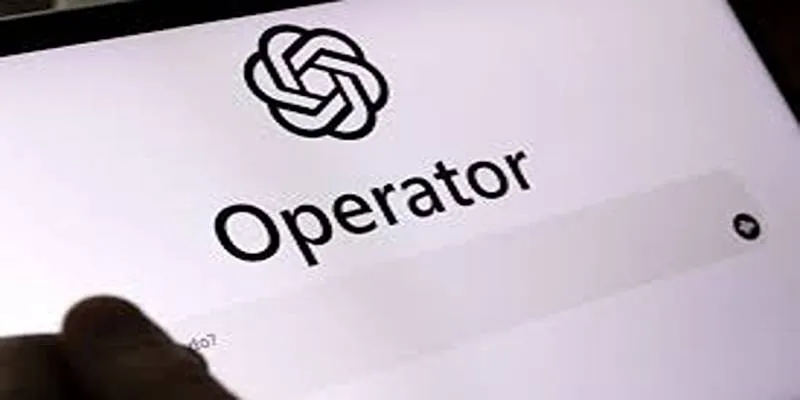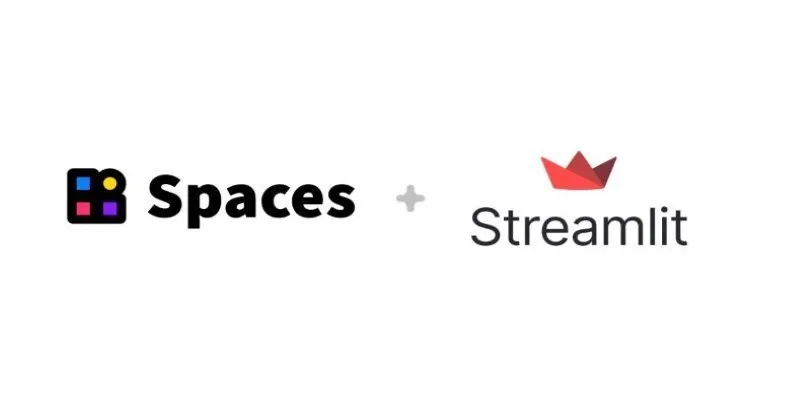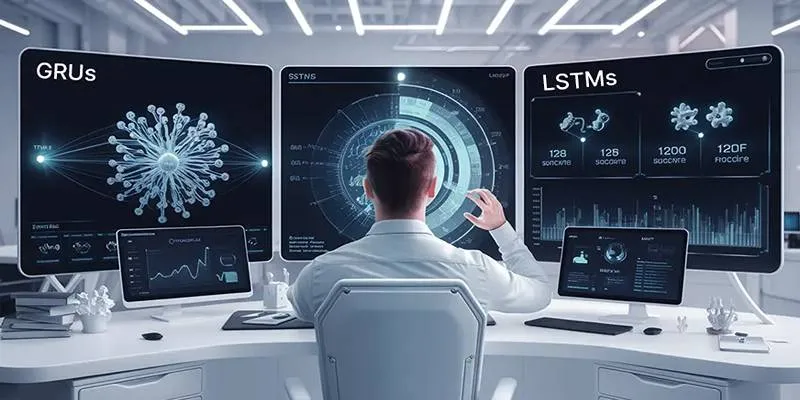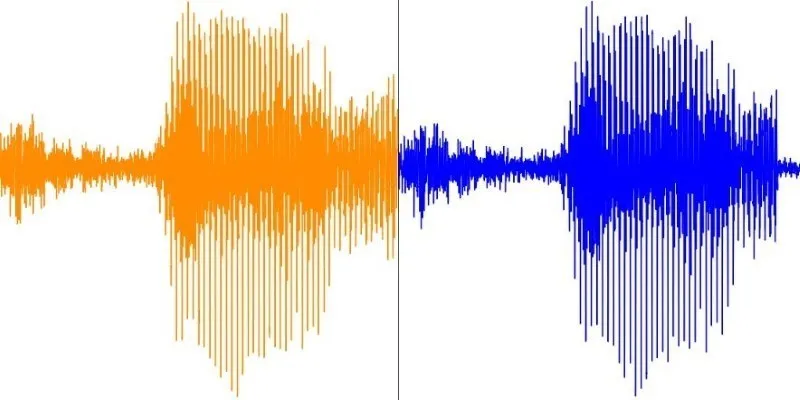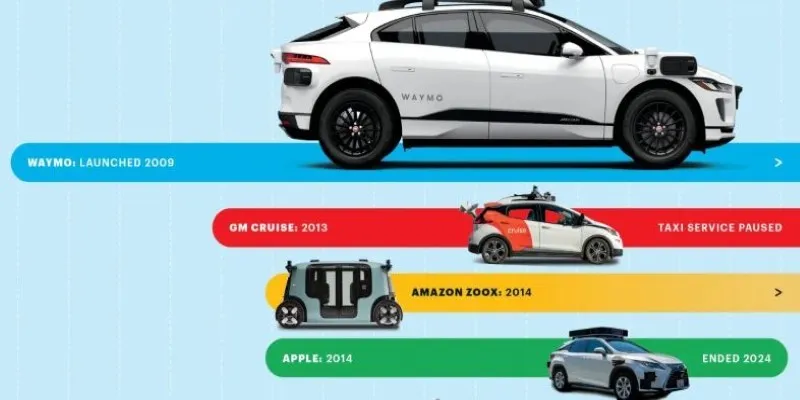At GTC 2025, Nvidia and Boston Dynamics announced a groundbreaking partnership set to reshape the future of humanoid robotics. Known for their robots with human-like agility, Boston Dynamics has previously struggled with providing true intelligence. Enter Nvidia, with their advanced AI capabilities, to fill that gap. As Jensen Huang succinctly put it on stage, “Robots that move like humans now need to think like humans.”

Jetson Thor: The AI Powerhouse for Humanoids
Central to this collaboration is Jetson Thor, Nvidia’s innovative AI computing platform designed for edge robotics. Unlike previous iterations, Jetson Thor integrates transformer-based large language models and real-time sensor fusion in a compact, energy-efficient package. This is crucial for humanoid robots, which operate in dynamic environments such as messy kitchens, cluttered warehouses, and unpredictable public spaces.
Boston Dynamics’ Atlas robot, known for its mechanical prowess, can now perceive and interact with its surroundings more intelligently. Thanks to Nvidia’s platform, Atlas can interpret visual information, make predictions, follow natural language instructions, and adapt mid-task without human intervention.
Real-World Demonstrations at GTC 2025
During GTC 2025, live demonstrations showcased Boston Dynamics’ Atlas robots, now equipped with Nvidia’s Jetson Thor chips. These robots adeptly managed unpredictable environments, performed tasks like moving boxes to color-coded shelves, and made decisions based on real-time data. Such feats highlight a transition toward robots that combine physical skill with advanced reasoning abilities.
The Foundation of Robotics Intelligence
Behind these advancements are foundation models, trained on massive datasets combining video, speech, text, and sensor logs. These models enable robots to not only recognize objects but understand their properties and implications. For instance, a spilled drink isn’t just liquid; it’s a slippery hazard that needs attention.
This intelligent reasoning is facilitated by Nvidia Omniverse’s simulation pipeline, which creates digital twins for virtual training. This drastically reduces development time, allowing robots to be trained in simulation before being deployed in the real world.
Towards Versatile Humanoid Labor
The partnership signals a shift towards deploying humanoid robots in versatile roles beyond pre-programmed tasks. Potential applications include warehouse sorting, hospital assistance, home caregiving, and disaster response—areas where adaptability is crucial.

AI-powered robots like Atlas are now capable of reasoning over high-level tasks. For example, when tasked with cleaning after a mock party, Atlas identified clutter, sorted items, and adapted its path to avoid obstacles. This kind of interaction, where robots learn and adapt continually, is no longer a distant dream.
Real-World Deployment and Future Prospects
Nvidia announced that early versions of these intelligent humanoid robots will enter commercial pilot programs later this year. In warehouses, Atlas robots will collaborate with human workers, handling repetitive tasks while humans manage exceptions. Boston Dynamics also hinted at a smaller, assistive healthcare robot capable of reasoning, delivering medication, and detecting distress.
The collaboration between Nvidia and Boston Dynamics is closing the gap between science fiction and reality. With AI advancements, these robots are poised to become integral partners in various environments, learning from their surroundings and evolving over time.
Conclusion: A New Era of Human-Robot Collaboration
The Boston Dynamics-Nvidia partnership marks a pivotal moment for humanoid robots. By combining advanced AI with agile design, these robots are ready to operate in unpredictable settings and respond to natural instructions. No longer confined to demonstrations, they are being tested for real-world applications in homes, factories, and hospitals, heralding a future where robots become everyday collaborators.
For more insights on AI advancements and robotics, explore Nvidia’s official blog and Boston Dynamics’ website.
 zfn9
zfn9
